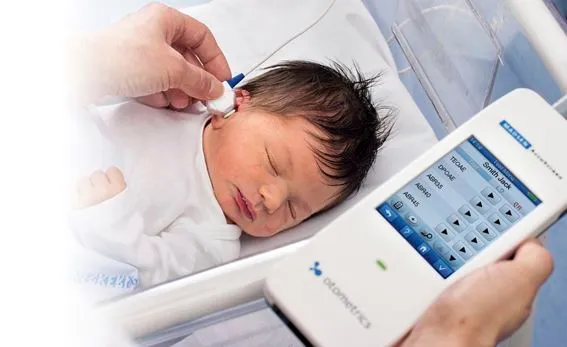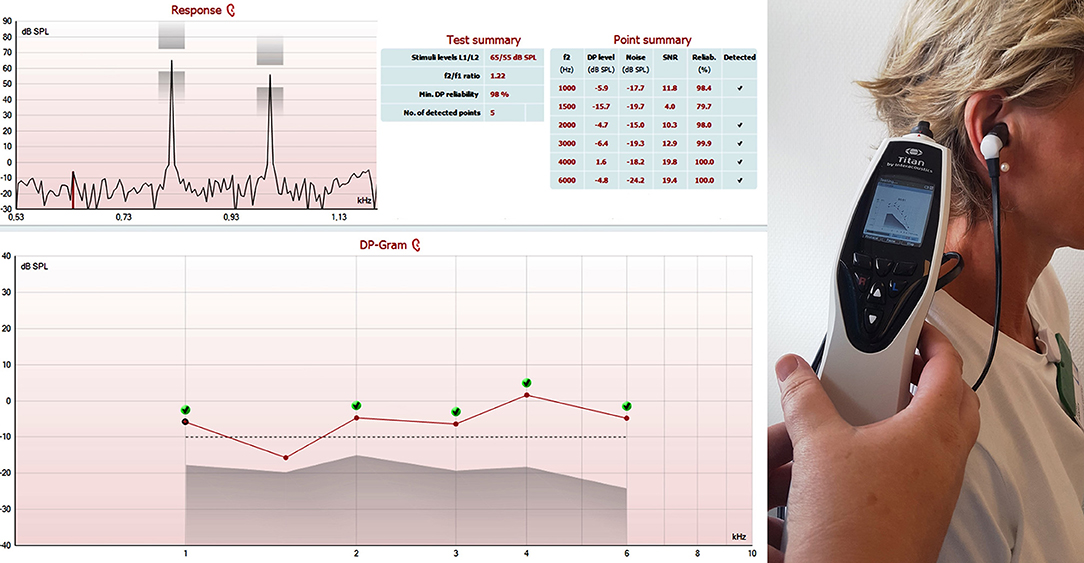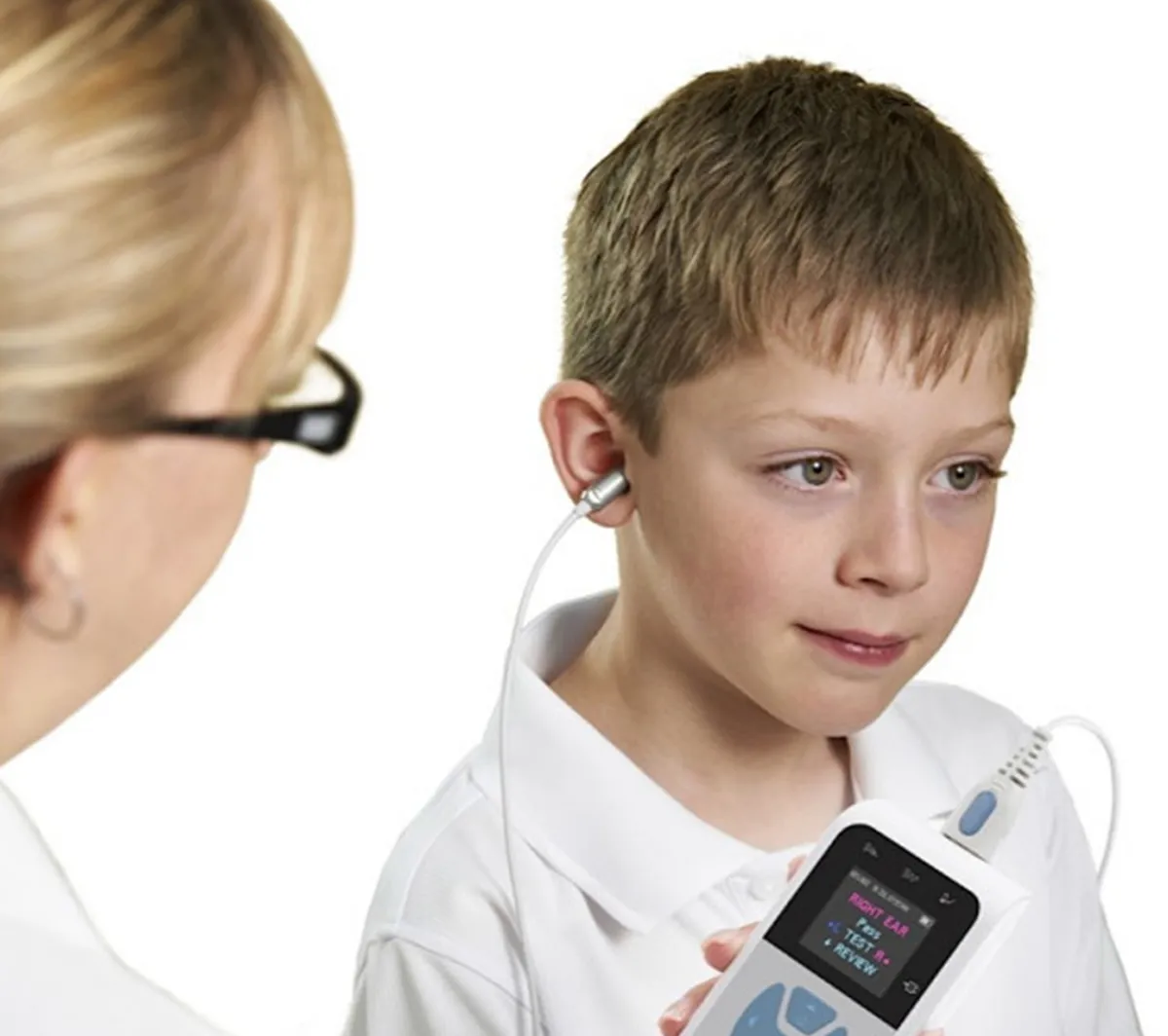
The Otoacoustic Emissions (OAE) test is used to evaluate how well the inner ear’s cochlea responds to sound. It helps determine if the cochlea is functioning properly. This test is simple, painless, and commonly performed on infants and children to detect early signs of hearing issues.
Distortion Product Otoacoustic Emissions (DPOAE) is an advanced hearing test that checks how the cochlea responds when exposed to two different sound frequencies at the same time.
TEOAE is a safe, painless, and non-invasive hearing test that uses clicking sounds to measure the active movements of the cochlea’s outer hair cells.


Otoacoustic Emissions (OAE) themselves are not a disease or condition — they are a diagnostic test used to check the health and function of the inner ear, specifically the cochlea. So, there is no recovery process for OAE itself.
However, if the OAE test shows abnormal results, it usually indicates an issue with hearing or inner ear function. Recovery or treatment will depend on the underlying cause, such as:
Earwax buildup – Can be cleared by a healthcare professional.
Middle ear infections or fluid – Often treated with medication or minor procedures.
Noise-induced hearing loss – Requires avoiding loud environments and sometimes using hearing aids.
Sensorineural hearing loss – May need hearing aids or, in severe cases, cochlear implants.
Genetic or congenital hearing issues – Require specialized care, therapy, or assistive devices.
Otoacoustic Emissions (OAE) testing is one of the most effective ways to detect hearing loss early, especially in newborns and infants who cannot respond to traditional hearing tests.
By evaluating the function of the cochlea and outer hair cells, the OAE test provides critical information to audiologists and doctors, ensuring timely diagnosis and intervention for hearing-related problems.